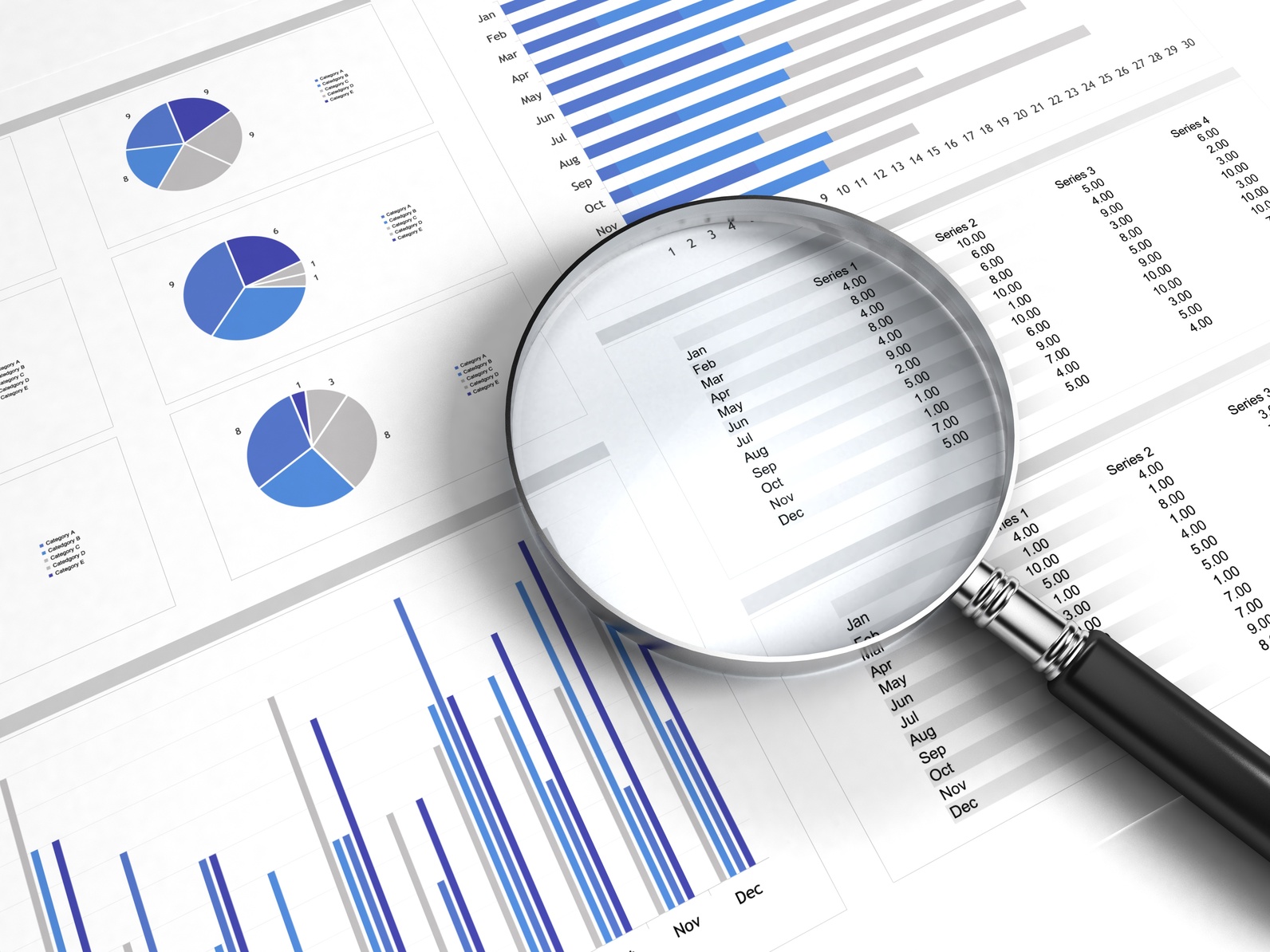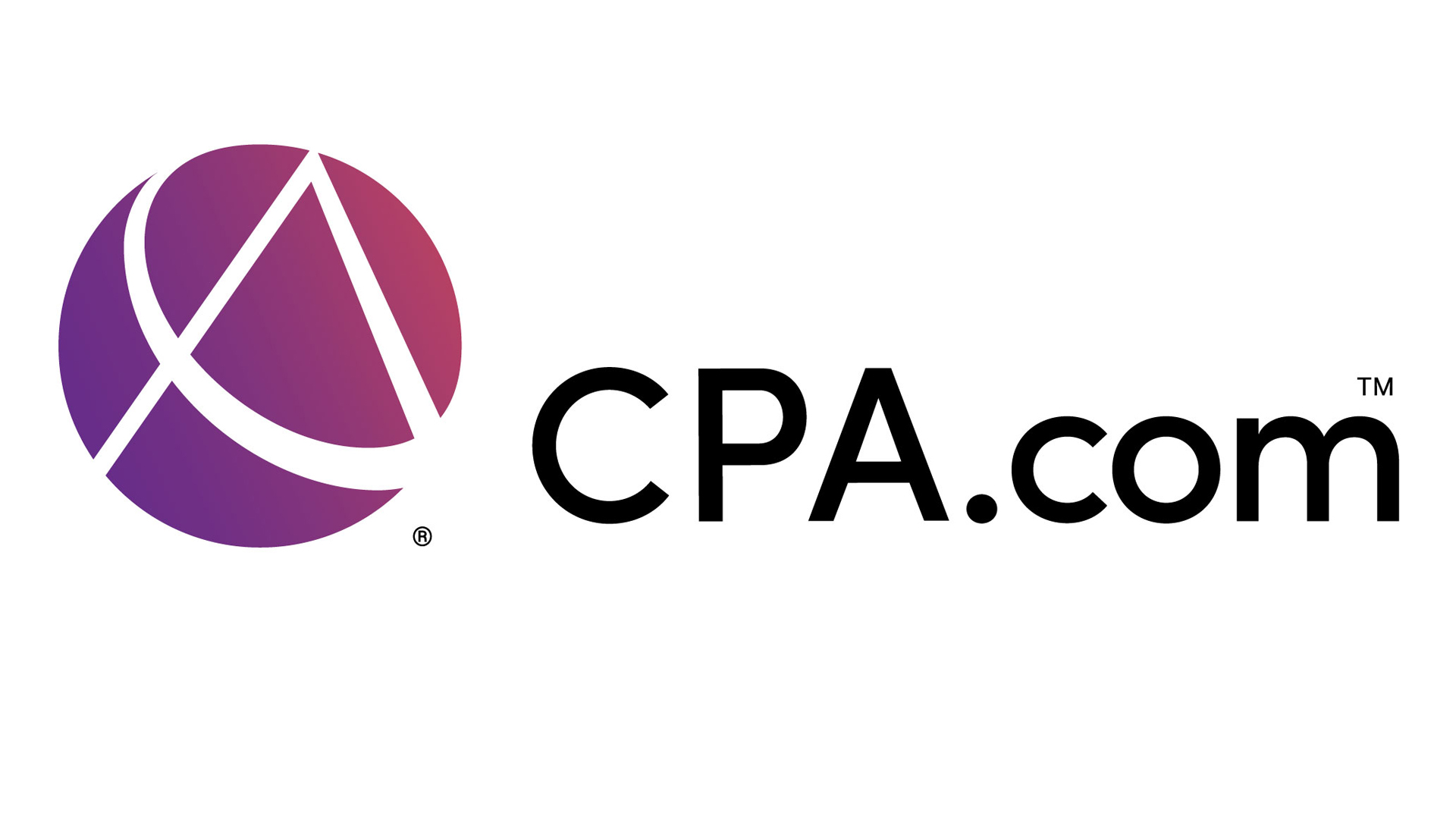Whether it’s an error in the valuation of Snapchat parent Snap or an error in the valuation of a mom-and-pop restaurant up for sale, a mistake in valuing a business can be costly – to both the owners and the valuation professionals.
The costliness of errors in valuation is one reason accountants and others performing valuations spend hours to earn professional accreditations, and it is one reason professional associations develop standards for business valuations. Ultimately, however, reducing professional liability related to valuations starts with understanding the business being valued and the purpose for the valuation, and it continues with attention to detail throughout the valuation process.
Jim Alerding, a former member of both the AICPA Business Valuation Committee and the AICPA Business Valuation Standards Writing Task Force, recently led a Sageworks webinar providing tips for spotting errors in the valuations of other analysts and for avoiding errors when performing your own valuation work. During the webinar, “Common Errors (and Sometimes Rigging) in Valuations,” Alerding noted that errors or “rigging” can occur in each of the approaches to business valuation.
“The best way of finding errors or riggings, is to look to the process – the process of actually completing the valuation and reporting on it,” said Alerding, an inductee to the AICPA Business Valuation Hall of Fame. Valuation reports generally provide a good roadmap for reviewing valuations, but in some cases, it may be necessary to review the work papers as well, he added.
Alerding noted that several methods can be used within the asset approach for valuations, and he touched on some of the potential errors that can occur when using each of those methods. For example, one problem that can arise when using the net asset method of the asset approach is that a practitioner may fail to identify all of the assets – tangible and intangible. Another issue might be that appraisers helping determine the value of real estate or machinery and equipment type assets could be using any of up to six different standards of value, and the one that the appraiser selects might not be appropriate for the purpose of the valuation, he said.
Consider a milk-processing plant that has most of its machinery and equipment built into the walls of the plant, making it very difficult to remove the machinery and equipment, Alerding said. Even if the equipment could be removed, he said, “You basically have scrap value.”
“So as a result, if you’re looking at the fair market value on a going-concern basis, your assets that are built in [to the plant] are going to be a much different value than if you were looking at scrap value or trying to move it,” he said.Using incorrect methods for valuing intangible assets is another situation that can lead to errors when using the asset approach, he noted. Furthermore, Alerding said, “Determining the value of goodwill is extremely difficult in a net asset method, so if you believe there is goodwill in the business you may have to give a second thought to using the net asset method approach.”
When using the market approach, common errors include using too few or too many guideline companies for the guideline-company method, or failing to adjust or normalize the financial statements of the guideline companies. Selecting incorrect multiples and failing to exclude non-operating asset income and expenses from the subject and guideline companies can also lead to errors, according to Alerding.
Other challenges can arise when using the income approach, which is one of the most common approaches used by business valuation professionals, he said. To learn some of the errors that can occur when utilizing the income approach and the other approaches, listen to Alerding’s webinar.
—
Mary Ellen Biery is a research specialist at Sageworks, a financial information company that provides financial analysis and valuation applications to accounting firms.
Thanks for reading CPA Practice Advisor!
Subscribe Already registered? Log In
Need more information? Read the FAQs
Tags: Accounting




